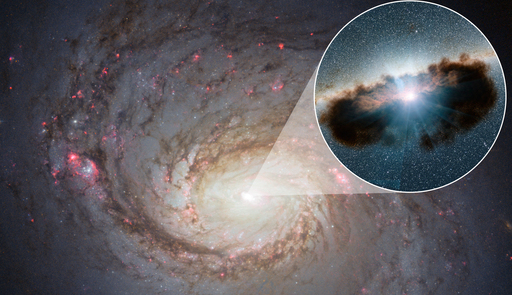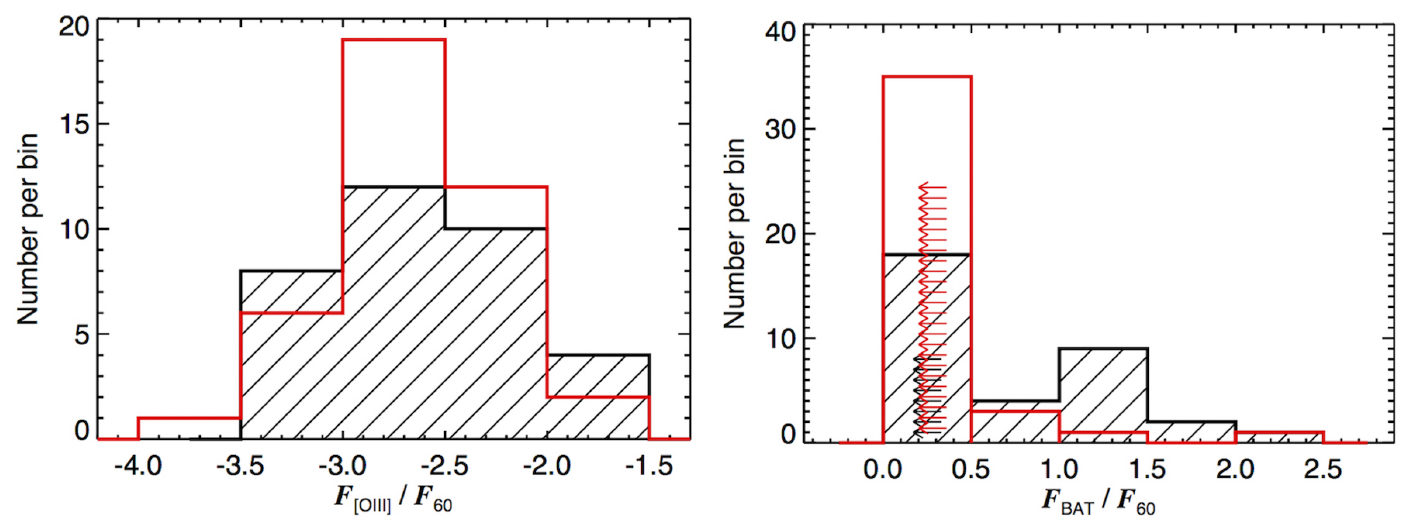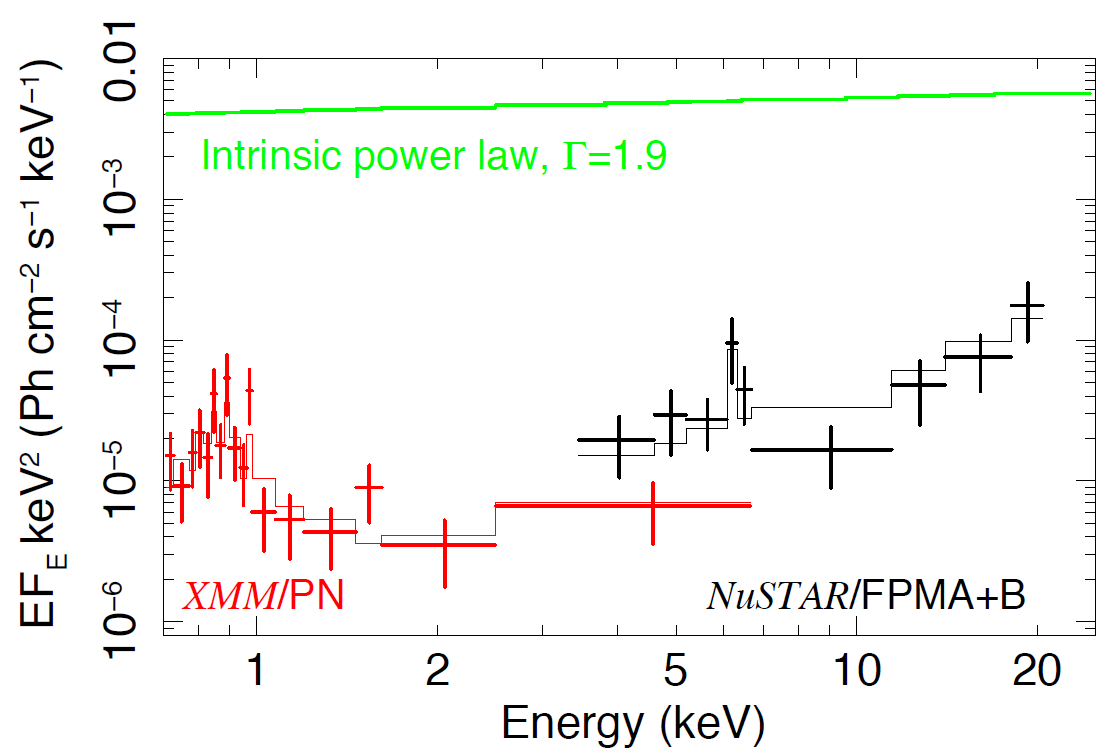NuLANDS: How many accreting black holes are we missing?

Supermassive black holes tend to be shy eaters. While growing, usually hide behind thick veils of gas and dust. These veils provide the fuel to make the black holes grow, but also mean that we must use special techniques to peer beneath them if we are to learn about growth. I am leading a large survey of growing supermassive black holes in the nearby universe using infrared and X-ray telescopes to overcome the handicap caused by gas and dust. NuLANDS (the NuSTAR Local Agn NH Distribution Survey) aims to robustly quantify the number of heavily obscured actively growing supermassive black holes and to measure their growth rates.
Details on the newly approved NuSTAR time are here.
Read some recent related press releases (including some NuLANDS targets) in which I was involved:
(1) Local extreme sources.
(2) A rare unveiling event.
(3) Revealing hidden obscured quasars.

